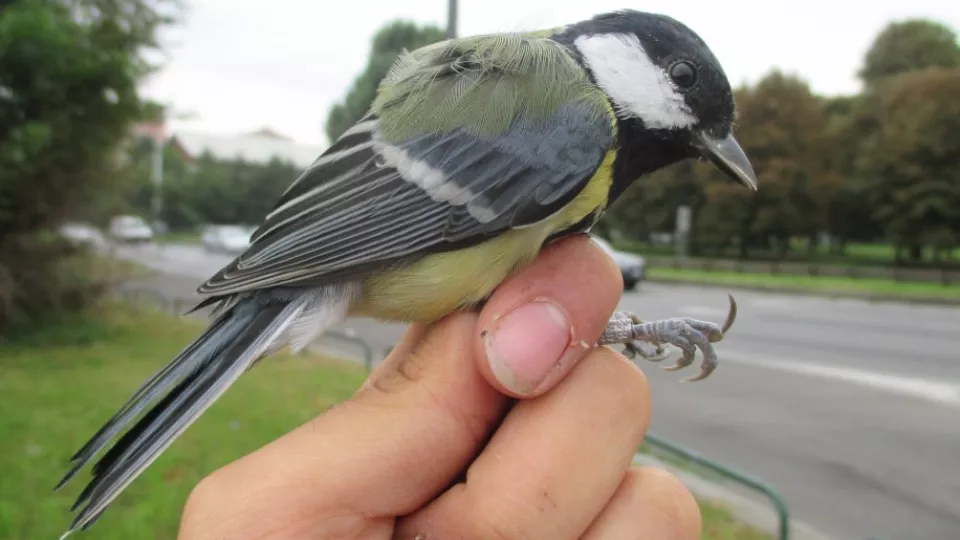Life in a city constitutes both a threat and an opportunity for wild animals. Researchers at Lund University have now tackled this contradictory state in urban environments. They studied young and adult great tits in Malmö, Sweden, and compared their survival rates with the same bird species in rural areas.
What emerged was that great tits in the urban environment live in a bit of a paradox. On the one hand, it is considerably tougher for birds to reach maturity in a city. On the other hand, if they do survive their first year, the negative effects decrease and the birds seem to be hardier.
“It seems that the various stress factors in the city do not affect the survival of adult individuals in the same way as they affect that of young birds”, says Pablo Salmón, who is a research student in biology at Lund University.
The new study also identified a mechanism that predicts a difference in the birds’ survival between city and countryside. The researchers investigated what are known as telomeres. A telomere is the very extremity of a chromosome – telomeres are present in humans as well as other animals. The telomeres protect the chromosomes and our genome. The longer the telomeres, the better the chance the individual has for a long life. Previous studies have shown that the telomeres are shortened each time a cell divides, i.e. with age, but also that environmental stress can accelerate this shortening process.
Only young birds with long telomeres survived their first year in the city, according to the current study. This indicates that only the most vigorous individuals can endure the challenges of the urban environment. The correlation between telomere length and survival was also present in birds in the countryside, but the effect was significantly stronger in the urban birds.
“Our study is the first to show the connection between telomere length and the survival of individuals in the urban environment”, says Pablo Salmón.
However, the researchers do not know exactly what, in the urban environment, makes the individuals with shorter telomeres succumb. Many different stress factors could underpin this pattern, such as bad food, air pollution or a lack of darkness at night. A combination of several factors is perhaps the most likely.
“In the future, we would like to understand these underlying factors and how they affect the birds”, says Pablo Salmón.
Publication: Selective disappearance of great tits with short telomeres in urban areas
Contact:
Caroline Isaksson, associate professor and team leader
Department of Biology, Lund University
+46 46 222 17 80
caroline [dot] isaksson [at] biol [dot] lu [dot] se (caroline[dot]isaksson[at]biol[dot]lu[dot]se)
Pablo Salmón, research student
Department of Biology, Lund University
+46 73 781 69 91
pablo [dot] salmon [at] biol [dot] lu [dot] se (pablo[dot]salmon[at]biol[dot]lu[dot]se)
